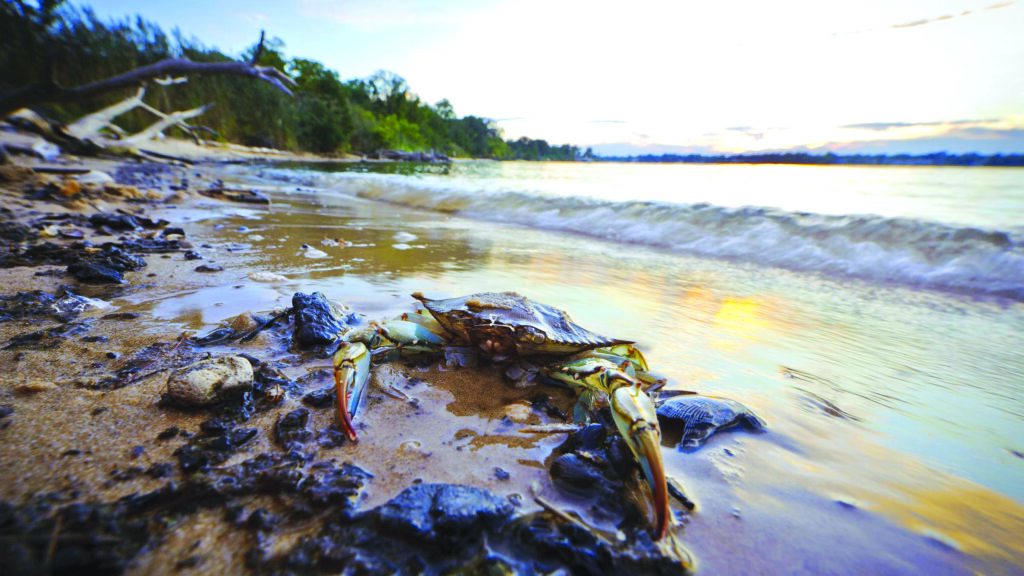
The COVID-19 pandemic has made clear the threat that some viruses pose to humans. But viruses can infect bacteria too, impeding their vital role in sustaining life on our planet. Sick bacteria are stymied in their function as decomposers and as part of the foundation of the food web in the Chesapeake Bay and other waterways, although infections of bacteria can also be beneficial in stopping harmful algal blooms or preventing greenhouse gas production.
But how can you tell if a bacterial population is sick? To find out, a team led by environmental engineer Sarah Preheim has developed an effective and affordable test that’s similar to the polymerase chain reaction test used to test humans for COVID-19.
“If there was a COVID-like pandemic occurring in important bacterial populations, it would be difficult to tell, because before this study, we lacked the affordable and accurate tools necessary to study viral infections in uncultured bacterial populations,” says Preheim, assistant professor of environmental health and engineering, whose team reported its work recently in Nature Microbiology.
Determining viral infections in bacteria traditionally relies on culturing both bacteria and viruses, which misses 99% of bacteria found in the environment because they cannot be grown in culture, Preheim says. She notes that tests of viral infections in uncultured bacteria are expensive and difficult to apply widely, not unlike the early stages of COVID-19 testing.
The key to making a test of viral infections for uncultured bacteria faster and more affordable is being able to isolate single bacterial cells in a small bubble (i.e., an emulsion droplet) and fuse the genes of the virus and bacteria once the bubble.
“The fused genes act like nametags for the bacteria and viruses,” says the study’s lead author, Eric Sakowski, a former postdoctoral researcher in Preheim’s laboratory who is now an assistant professor at Mount St. Mary’s University. “By fusing the genes together, we are able to identify which bacteria are infected, as well as the variant of the virus that is causing the infection.”
The resulting test provides a novel way to screen for viral infections in a subset of bacterial populations. The test allows researchers to identify a link between environmental conditions and infections in Actinobacteria, one of the most abundant bacterial groups in the Chesapeake Bay and one that plays a crucial role in decomposing organic matter and making nutrients available to plants and photosynthetic algae.
Though the researchers developed this tool studying the Chesapeake Bay, they say their approach could be widely applied across aquatic ecosystems, shedding light on viral ecology and helping predict—and even prevent—devastating environmental impacts.
What’s more, the new test could someday also affect how we treat bacterial infections, says Sakowski. “Viruses show potential for treating infections caused by antibiotic-resistant bacteria,” he says. “Knowing which viruses most effectively infect bacteria will be critical to this type of treatment.”




